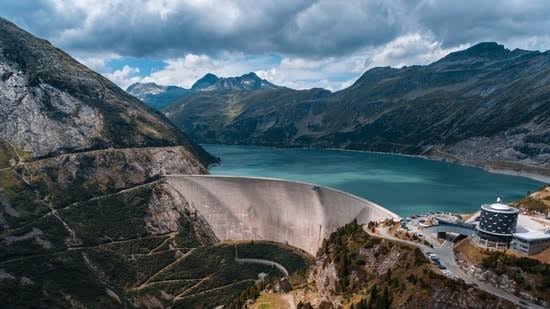Amid long-standing geopolitical tensions and environmental concerns, China has officially begun constructing a massive hydropower dam on the Yarlung Tsangpo river in southeastern Tibet—known as the Brahmaputra once it enters India.
The project, located near the Indian border in Arunachal Pradesh’s Nyingchi region, is estimated to cost over $167 billion (1.2 trillion yuan) and will include five major hydropower stations.
The groundbreaking ceremony was attended by Chinese Premier Li Qiang on Saturday, signaling the project’s strategic significance for Beijing.
India’s Alarm: Water Weaponisation Feared
The dam’s proximity to the Indian border has reignited fears in New Delhi about the potential weaponisation of water resources. Arunachal Pradesh Chief Minister Pema Khandu described the project as a possible “water bomb,” warning that sudden water release could devastate large parts of Arunachal’s Siang valley, which is home to indigenous communities like the Adi tribe.
“This is an existential threat to our people and livelihoods. If the dam is weaponised, it can wash away our entire belt,” Khandu told PTI.
He also emphasized that China is not a signatory to any international water-sharing agreement, giving it unchecked control over transboundary river projects.
Environmental & Strategic Implications
Experts warn that the construction of such a large dam in an ecologically fragile and seismically active region raises the risk of:
-
Downstream flooding or drought if water flow is manipulated
-
Ecological imbalance in Arunachal Pradesh and parts of Assam
-
Security concerns, as the dam could serve dual civil-military purposes
China, however, has dismissed the concerns, stating that the dam will serve to meet Tibet’s local power demands and contribute energy to other regions, without affecting lower riparian countries.
India’s Diplomatic & Strategic Response
India’s Ministry of External Affairs has reiterated that it is closely monitoring the situation and will take “necessary measures to protect national interests.”
Additionally, the Arunachal Pradesh government, in coordination with the Centre, is planning the Siang Upper Multipurpose Project—a defensive hydropower initiative aimed at ensuring water security and river flow regulation on India’s side.
Geopolitical Backdrop
This project comes amid broader India-China tensions, especially along the Line of Actual Control (LAC), and raises fears of resource-based conflict in the future.





























